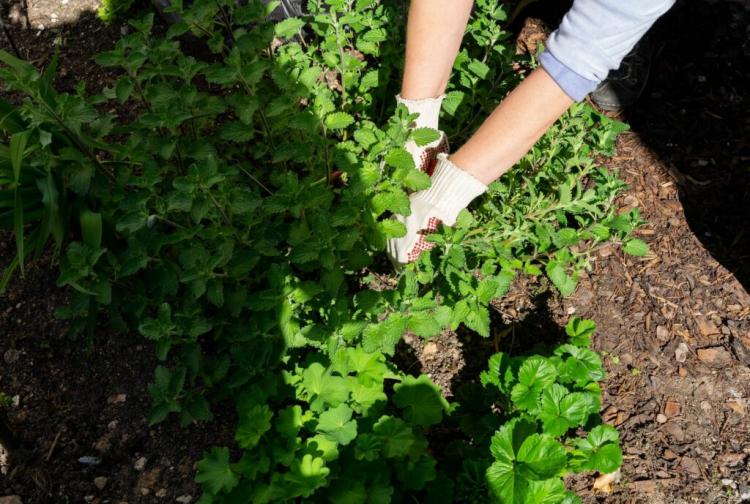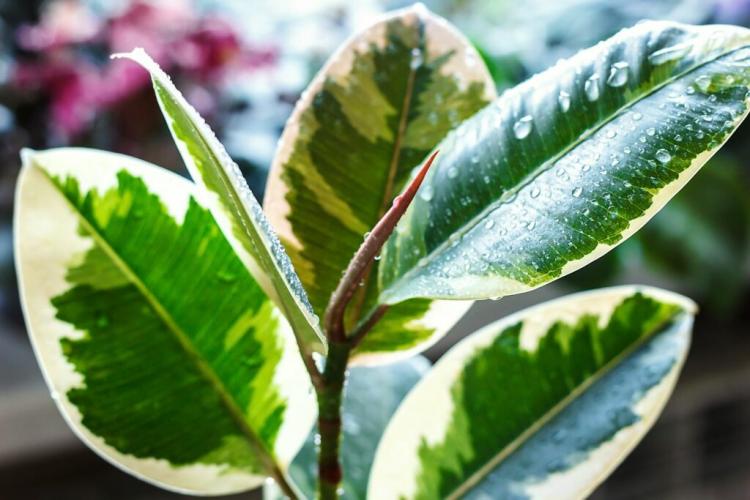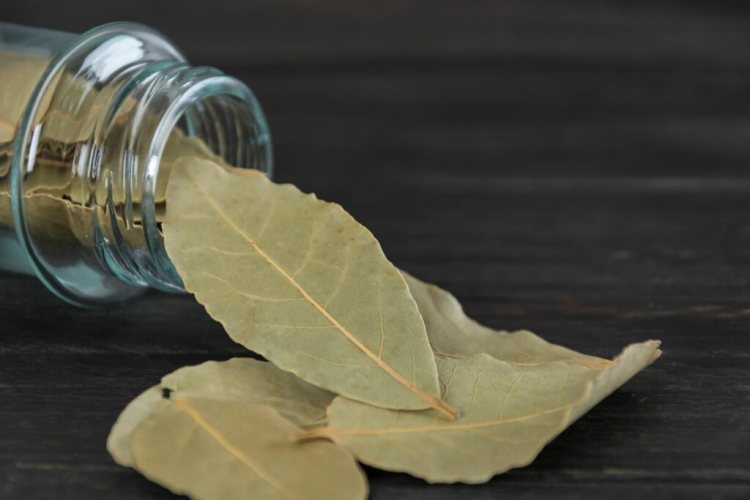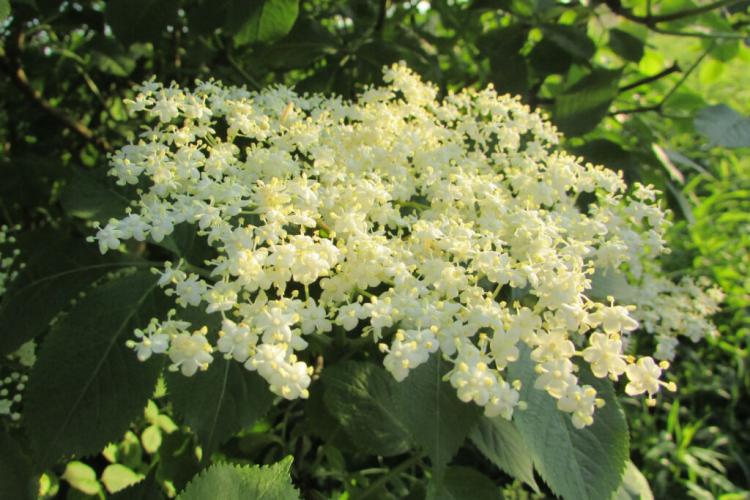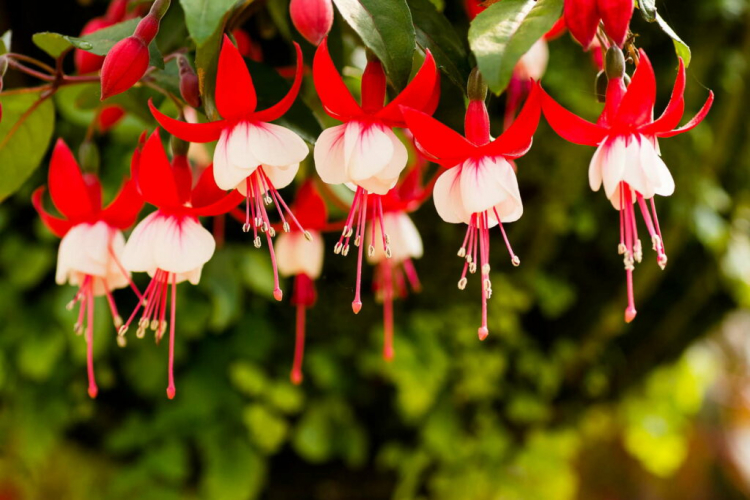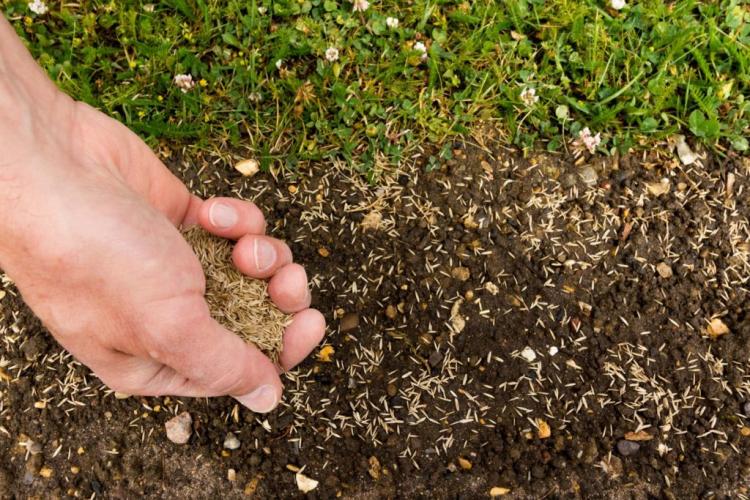Cutting Catnip: Professional Tips For The Right Time And Cut
Catnip is quite frugal but needs a cut now and then. Here’s what to look for when cutting catnip.
Caring for catnip ( nepeta ) includes not only correct watering and fertilization but also cutting. So that your catnip has the best conditions for healthy growth and beautiful flowers, you should know what to look for when cutting. This article will tell you why you should cut your catnip, when is the perfect time to do it, and how to do it.
Why should you cut catnip?
Table of Contents
Catnip belongs to the mint family ( Lamiaceae ) and usually grows as an herbaceous perennial. Under optimal conditions, it can grow 20 to 90 centimeters in height. In gardens, it is often used as a border, in the perennial bed, or the herb or scented bed. In general, the mint is considered to be quite undemanding and easy to care for. Nevertheless, there are some cases in which a cut on the catnip may be necessary.
Here are some reasons why you should cut your catnip:
- Extension of the flower
- Maintaining health
- Use as a medicinal and aromatic plant
- Preventing spreading
- To multiply
We’ll tell you when it is time for these pruning measures for catnip and how you can best manage the pruning.
Catnip: when to cut?
Depending on what you want to achieve with the cut of your catnip, there are different cutting times for the individual measures. If you want to extend the flowering time of your catnip, you should cut it back after the main flowering time. In July, the flowering period is usually over and it is time to prune. If your catnip is infected by diseases or pests, you should cut off and remove the affected parts of the plant immediately and at any time. If you want to use the leaves and flowers of your catnip as medicinal and aromatic plants, the right time for a cut is in summer. If you want to prevent and contain the spread of your catnip, the right time to cut it back is in the spring between February and March.
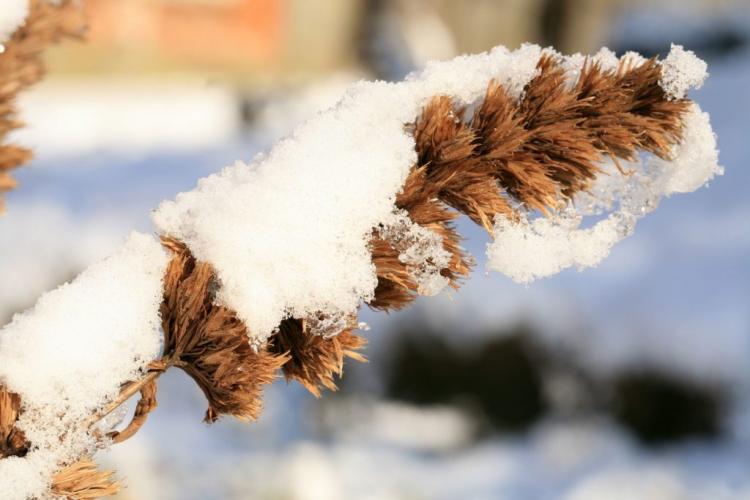
Tip: Pruning the plant in autumn is not rewarded, so be sure to wait until spring. If the catnip is cut back in autumn, it unnecessarily weakens before the cold season.
Summary of catnip cutting timing:
- Extension of flowering: After the main flowering period in July
- Preservation of health: at any time in the event of disease or pests
- For use as a medicinal and aromatic plant: In summer
- Preventing spreading: In spring between February and March
- For propagation: Between April and July
Catnip: how and how much to cut
It is not only the optimal time that is important when cutting the catnip, but also the correct procedure. You should proceed differently depending on your intention. Below you will find instructions on the individual options for a catnip cut.
Cut catnip to lengthen the bloom
If you want to enjoy the abundant flowering of the catnip for as long as possible, you can encourage it to bloom longer by pruning it. For this purpose, all shoots of the plant are cut off with clean and sharp secateurs to just above the ground. Alternatively, you can cut off all the inflorescences up to just above the first leaf. With this measure, your catnip will usually bloom well into autumn.
It can also be useful to give your catnip again after pruning with fresh nutrients. To do this, you can apply nettle manure or a fertilizer with organic long-term effect – for example, our Gardender organic universal fertilizer with organic long-term effect – immediately after pruning.
An overview of the procedure for pruning catnip:
- Use sharp secateurs
- Shorten all shoots to just above the ground
- Or shorten all the inflorescences to above the first leaf
- If necessary, re-fertilize with nettle manure or a fertilizer with an organic long-term effect
Tip: This cut also prevents the catnip from sowing itself. If you intend that your catnip will spread further in the garden and sow itself, then you should better refrain from pruning.
Cut catnip if it is infected
Catnip is sometimes maltreated by powdery mildew. In such a case, it helps to remove the affected parts of the plant and the inflorescences. In this way, the plant no longer puts any strength into developing the flowers but can take care of fighting the fungus.
Cut catnip for use in the kitchen and Co.
The catnip is versatile as a medicinal and aromatic plant. To use the flowers and leaves of the special mint, you can cut off the entire stems of the plant with sharp scissors. These can then be used fresh or dried. Or you can only harvest individual leaves or flowers to use them fresh.
Cut catnip to prevent it from spreading
To prevent the vigorous catnip from conquering your entire garden, radical pruning is sometimes necessary. To do this, select a frost-free day and cut the whole plant back to just above the ground with sharp secateurs.
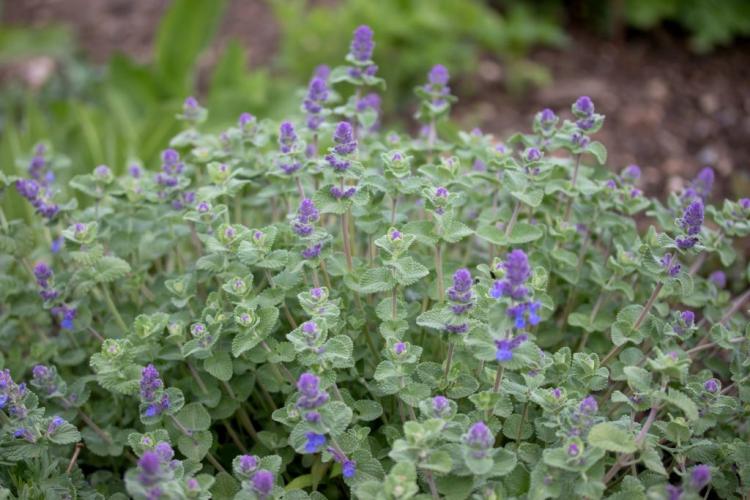
Cut catnip for propagation
If you want to propagate your catnip yourself, the simple method of cuttings is ideal. To do this, you should make sure to cut the cuttings with clean and sharp scissors. Select a healthy, young shoot of catnip and cut it about six inches in length. Now remove the top leaves. You can then insert the cutting into the substrate and water it. Alternatively, you can of course also multiply catnip by dividing it or – the simplest way – by sowing it yourself.
If you would like to find out more interesting facts about catnip, you should definitely read on here. You can find more tips on cutting mint here.
You might so like:
